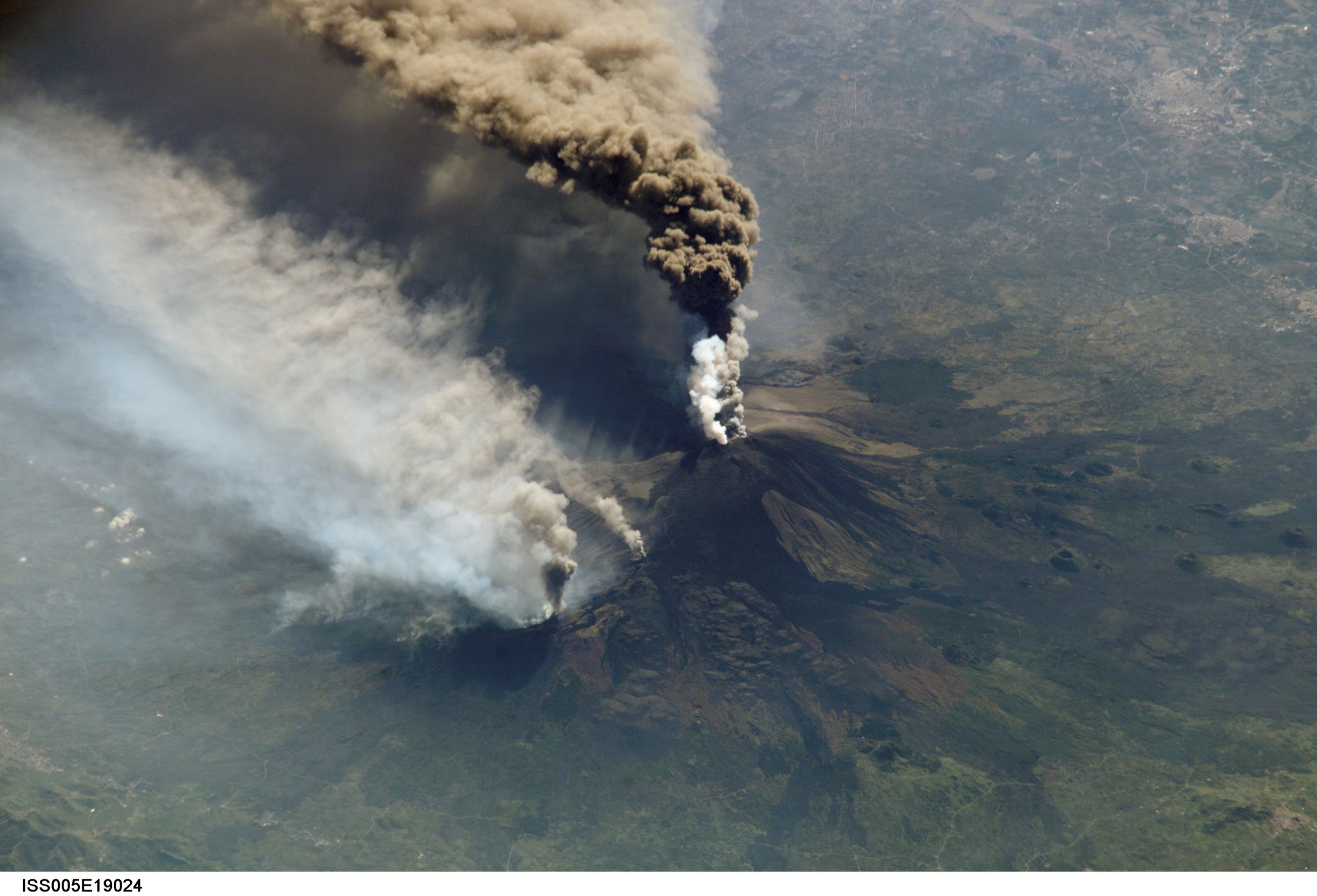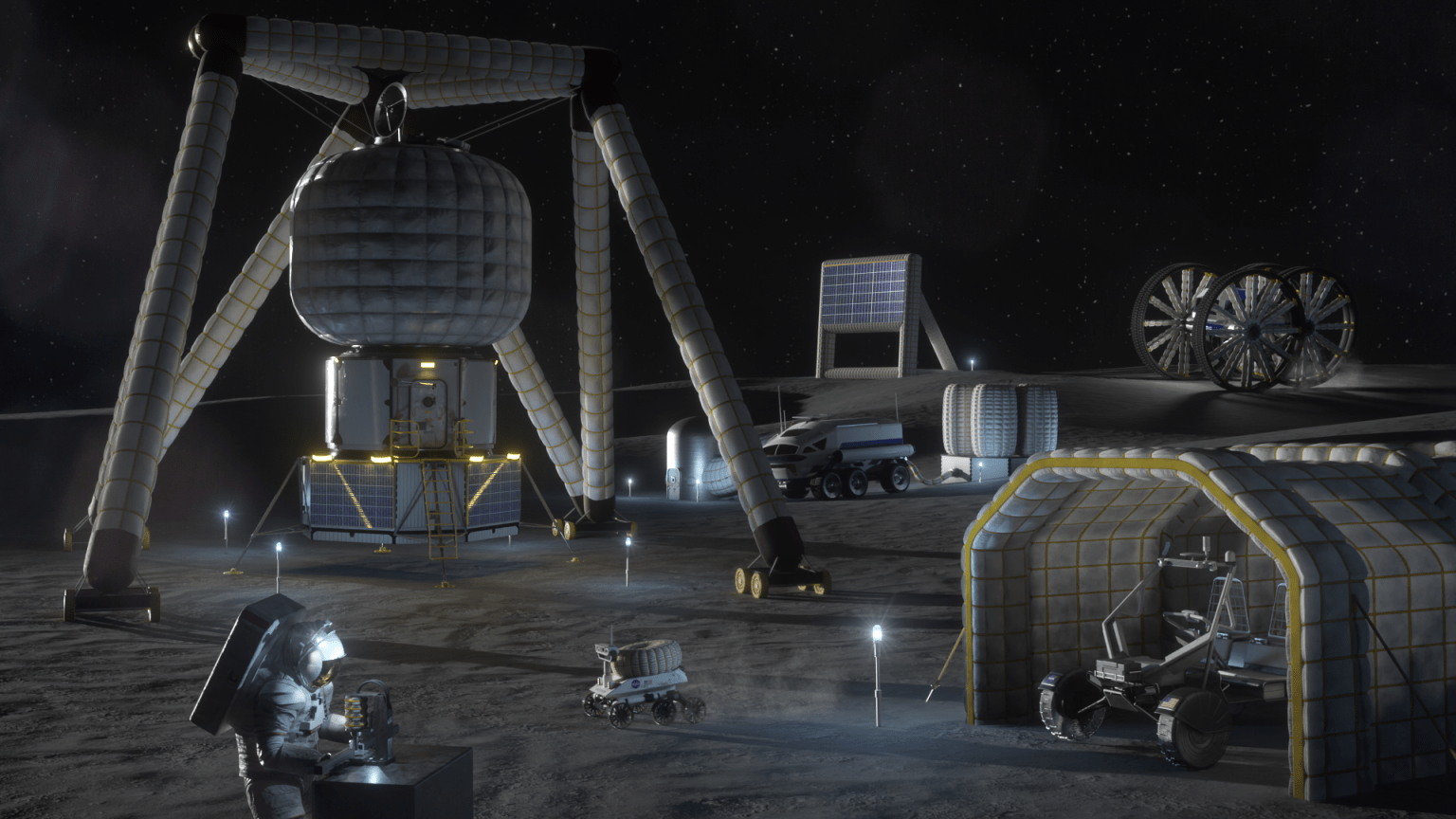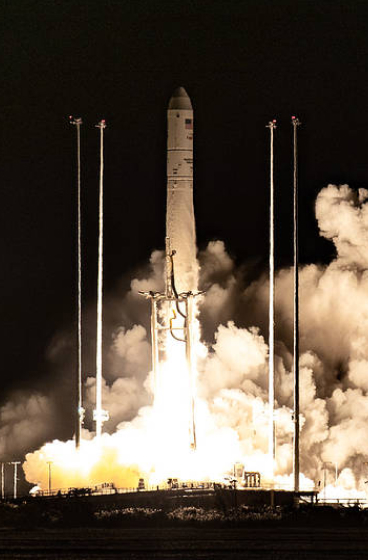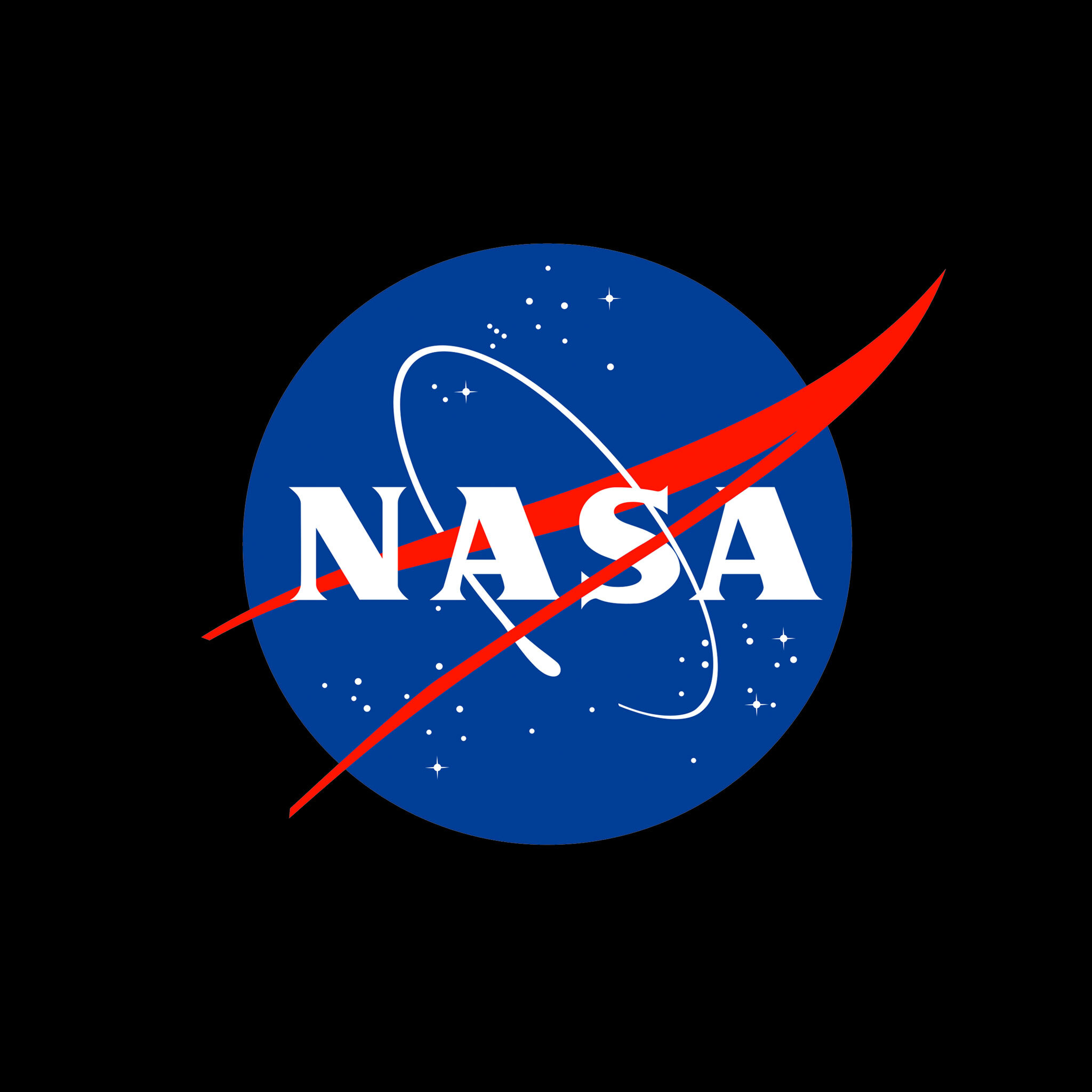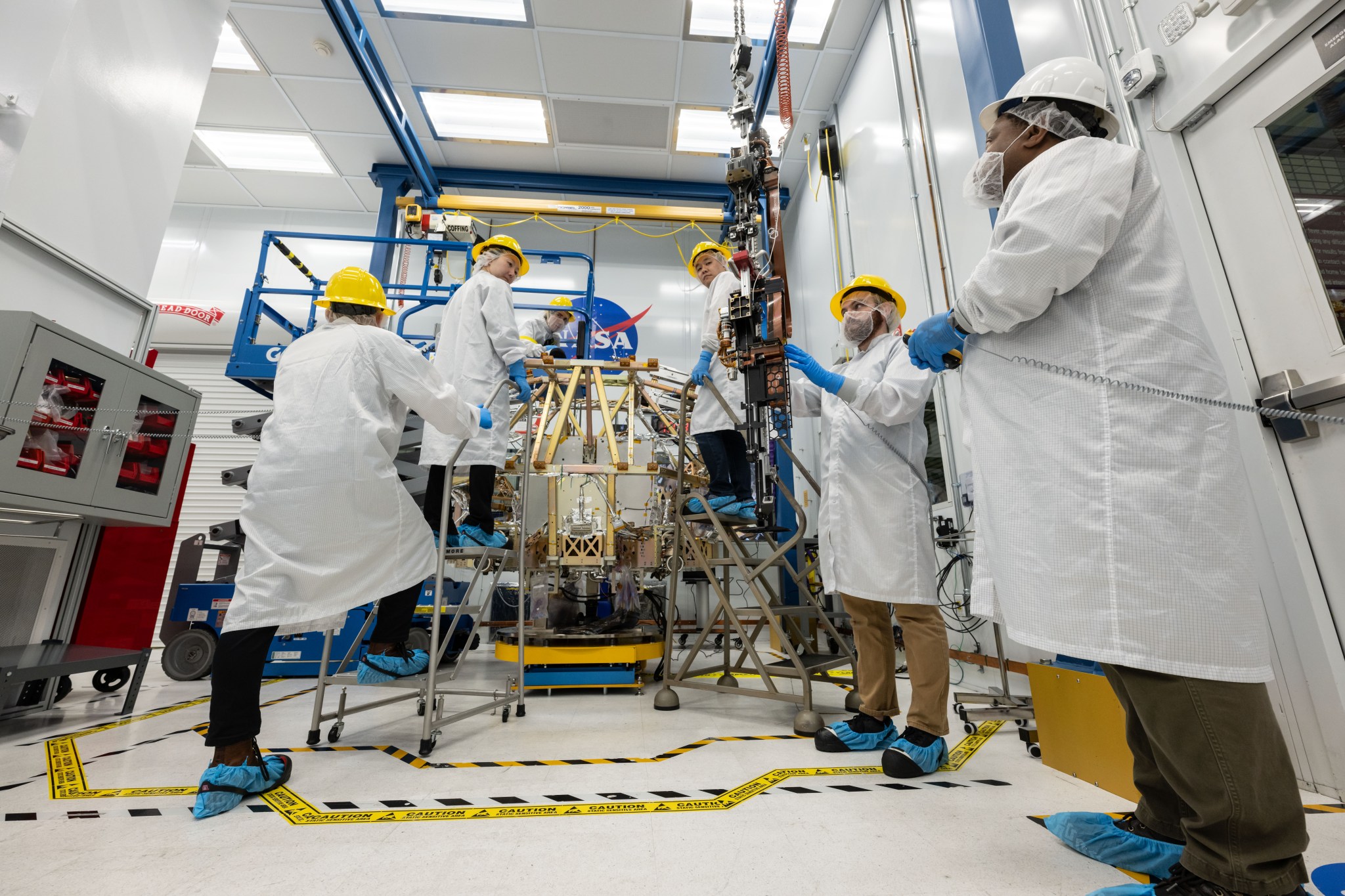NASA Deputy Administrator Pam Melroy welcomes 2024 Moon to Mars Architecture Workshop attendees from the stage of the Fred Kavli at the National Academy of Sciences in Washington. NASA/Keegan Barber NASA held two workshops in mid-February to share the latest progress on the agency’s Moon to Mars architecture and solicit feedback from industry, academia, and the international community. Representatives from 18 countries, 85 aerospace companies, and 25 academic institutions shared their perspectives on NASA’s roadmap for long-term lunar exploration and humanity’s journey to the Red Planet. 50 attendees representing 18 countries attended…
Read MoreTag: General
Can Volcanic Super Eruptions Lead to Major Cooling? Study Suggests No
Some 74,000 years ago, the Toba volcano in Indonesia exploded with a force 1,000 times more powerful than the 1980 eruption of Mount St. Helens. The mystery is what happened after that – namely, to what degree that extreme explosion might have cooled global temperatures. Crew aboard the International Space Station photographed the eruption of Mount Etna in Sicily in October 2002. Ashfall was reported more than 350 miles away. When it comes to explosive power, however, no eruption in modern times can compare with a super eruption – which…
Read MoreStudent Teams to Help Fill the Inflatable Void with Latest Student Challenge
3 Min Read Student Teams to Help Fill the Inflatable Void with Latest Student Challenge This year will be a “BIG” year for several college and university teams as they research, design, and demonstrate novel inflatable systems configured for future lunar operations through a NASA-sponsored engineering competition. NASA’s Breakthrough, Innovative and Game-Changing (BIG) Idea Challenge asked student innovators to propose novel inflatable component and system concepts that could benefit future Artemis missions to the Moon and beyond. The Inflatable Systems for Lunar Operations theme allowed teams to submit various…
Read MoreWhite Papers
2 min read Preparations for Next Moonwalk Simulations Underway (and Underwater) White Paper, “Space Data Ethics: The Next Frontier in Responsible Leadership” White Paper, “Space Data Ethics: The Next Frontier in Responsible Leadership,” prepared by the Climate and Societal Benefits Subcommittee. This is a position paper in support of a recommendation to develop the principles of space data ethics. Completed December 1, 2023. View paper White Paper, “Enhancing Agricultural Resilience, Enabling Scalable Sustainability, and Ensuring Food Security through Space-based Earth Observations,” White Paper, “Enhancing Agricultural Resilience, Enabling Scalable Sustainability, and…
Read MoreSpring 2024 Pathways Vacancies
31 min read Preparations for Next Moonwalk Simulations Underway (and Underwater) Our next application cycle will open on February 26, 2024 for Fall 2024 opportunities. All Pathways internship vacancy announcements are posted on USAJOBS. Below are the available pathways at each NASA center. To apply for a suitable opportunity, first identify the category of work you’re interested in, and ensure you have a qualifying major (check whether it is required or preferred). Note that each center hiring in the same category of work will use the same job post. If you’re interested…
Read MoreROSES-24 is live and OTPS has funding opportunities in sustainability!
3 min read Preparations for Next Moonwalk Simulations Underway (and Underwater) A computer generated image of objects in Earth orbit that are currently being tracked. Credits: NASA ODPO NASA’s Office of Technology, Policy & Strategy is soliciting research and analysis related to the social, economic and policy aspects of space sustainability. This topic area is further refined into two separate elements: orbital space sustainability and lunar surface sustainability. OTPS will provide up to $300K (orbital) and $200K (lunar surface) for between 1-3 proposals in each element. Key questions are featured…
Read MoreInto the Belly of the Rover: VIPER’s Final Science Instrument Installed
A team of engineers prepares to integrate TRIDENT – short for The Regolith Ice Drill for Exploring New Terrain – into the belly of NASA’s first robotic Moon rover, VIPER – short for the Volatiles Investigating Polar Exploration Rover. NASA/Bill Stafford A team of engineers prepares to integrate TRIDENT – short for The Regolith Ice Drill for Exploring New Terrain – into the belly of NASA’s first robotic Moon rover, VIPER (Volatiles Investigating Polar Exploration Rover). TRIDENT, designed and developed by engineers at Honeybee Robotics in Altadena, California, is the fourth and…
Read MoreThird NASA Enabled Private Flight to Space Station Completes Safely
The Axiom Mission 3 crew aboard the International Space Station, pictured from left to right: Marcus Wandt, Michael López-Alegría, Alper Gezeravci, and Walter Villadei. Credits: Axiom Space The third private astronaut mission to the International Space Station successfully completed its journey as part of NASA efforts to create commercial opportunities in space. Axiom Mission 3 (Ax-3) and its four crew members safely returned to Earth Friday, splashing down off the coast of Daytona, Florida. Axiom Space astronauts, Michael López-Alegría, Walter Villadei, Marcus Wandt, and Alper Gezeravci returned to Earth aboard…
Read MoreProtected: HH&P Document Page
This content is password protected. To view it please enter your password below: Password:
Read MoreBioNutrients: A Five-Year Experiment in Space Nears Completion
Research scientists Sandra Vu, left, Natalie Ball, center, and Hiromi Kagawa, right, process BioNutrients production packs. NASA/Brandon Torres NASA’s bio-manufacturing experiment called BioNutrients is testing a way to use microorganisms to produce on-demand nutrients that will be critical for human health during future long-duration space missions. Launched to the International Space Station in 2019, the experiment assesses the stability and performance of a hand-held system – dubbed a production pack – to manufacture fresh vitamins and other nutrients in space over a five-year span. About once a year, scientists at NASA’s Ames…
Read More
